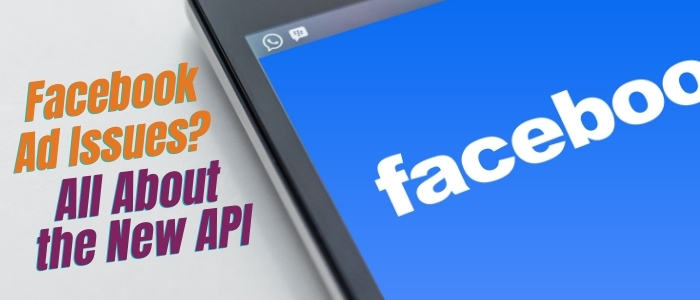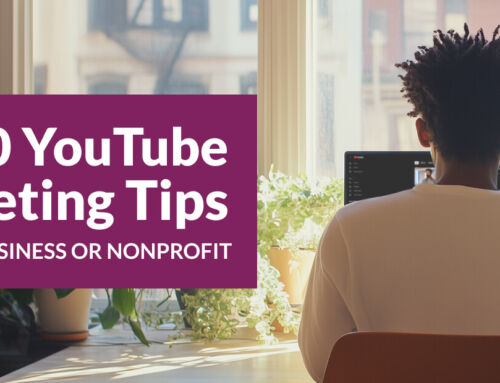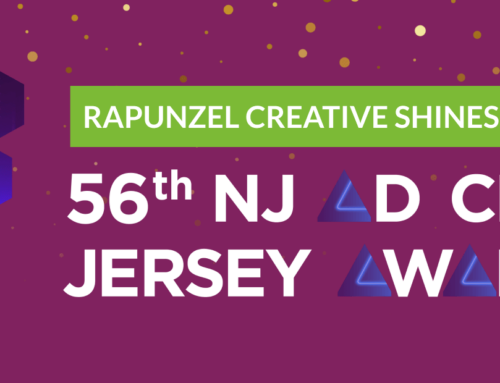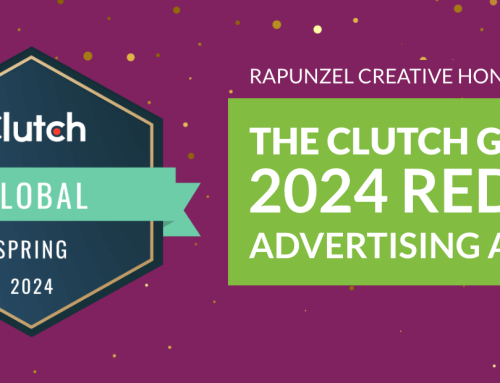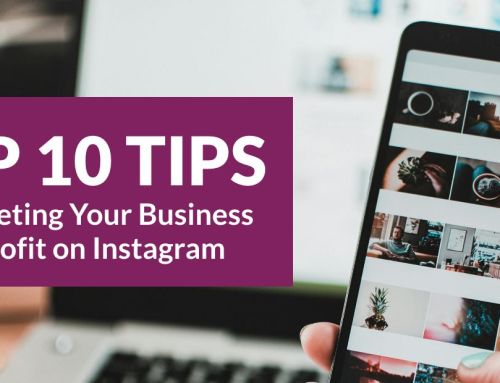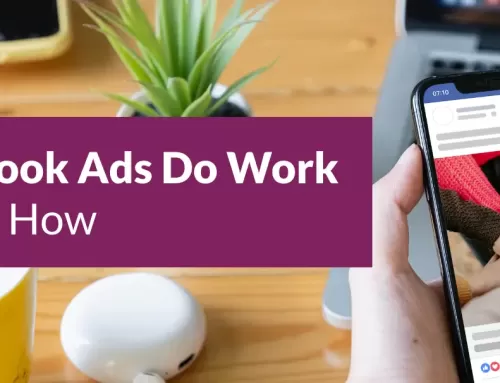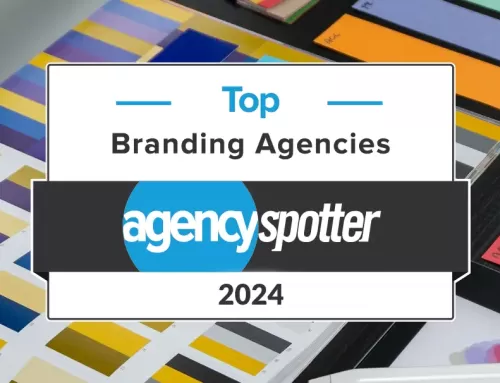Issues with Facebook Ad and Events? It could be the API.
Facebook ads allow you to set up and track events or actions, but if you haven’t set up the new API (application programming interface), you may have trouble getting your ads to work or you may be missing important performance data. In today’s minicast, Anne Popolizio from Social Squib explains what you need to know about the API.
Lynn Gregorski: If you are having any issues with your Facebook ad events firing or things are not working correctly, this is the minicast for you today. My name is Lynn Gregorski. I am the President of Rapunzel Creative Marketing, and I am joined today by…
Anne Popolizio: Anne Popolizio from Social Squib.
Lynn Gregorski: Anne, we worked with you over at Rapunzel Creative, because we had an issue on one of our client’s accounts and getting a Facebook event to set up, and you said, “It’s the conversion API.” For some of us, it’s like, what the heck is the conversion API? What are we talking about? So tell us about the conversion API and how that works with Facebook events.
Anne Popolizio: The big push for this change over to the conversion API started when Apple announced that it was going to be making some major changes with the iOS 14.5 software update. The software update made a slew of changes. The one that end users are most familiar with is the ability to turn off tracking on the device level, if you’re getting prompted to opt into tracking on each app. That’s the biggest change. It was not the only change that the iOS 14.5 update made, but the consequence of it was that Facebook had to change how it was doing its engagement tracking. If you’ve been doing Facebook ads at all, you’ve been familiar with the Facebook pixel and traditionally, you had your base code and your little snippet of event code, and your base code would go on every page of the website, which would fire a page view event.
Then, if you had a lead, a purchase or registration, that would put your little event code onto the confirmation page, or you would use the events setup tool and track your button clicks. Everything was happening at the browser level. What the conversion API is doing is moving all of that tracking of events and activity and user activity to the server itself. That’s called a server-side event. Server-side events have long existed, but they really were the domain of high-level developers. Your average marketer was like pixel, good, click.
Lynn Gregorski: So, what does that mean to the small-business owner or the marketing director who is trying to figure out what’s going on with their Facebook ads and their events?
Anne Popolizio: It means that the technical setup has changed. Regarding the privacy changes from the 14.5 update, if someone has opted out of tracking, they’ve opted out of tracking. But it’s not just about that, it’s also browsers moving away from third-party cookies. Google announced that they were going to be shifting away from third-party cookies. So this isn’t unique to Apple, this shift towards service-side events is coming regardless. As a small-business owner or a marketer, what it means is that you have to set things up differently. And how you set that up is now unique to each web software. So if you’re using WordPress, for example, we just put everyone into PixelYourSite, a plugin that’s very easy to use. Just go find PixelYourSite and follow the step-by-step instructions.
It’ll ask you for your pixel ID and your API key. You have to create a little API key. If you’ve ever done any integration between tools, that’s something you’ve done before. It’s very easy. The other thing that has to happen is you must be able to verify the domain. And this is key, because for a lot of people, if you got a notification that your ad sets were turning off, the culprit actually wasn’t the conversion API server-side event piece of things, it was the domain verification. So now when you have a conversion objective campaign, it has to be running to a verified domain. If you’re on WordPress, for example, PixelYourSite makes it super easy to verify your domain. You go into business manager, into security, domains, and domain verification, and it’ll give you the instructions. You just pull the snippet of code out of it, and plop that into PixelYourSite.
Lynn Gregorski: I think what we did is our developer was working on that while I was working in Business Manager with you and we were connecting everything at the same time, because it’s a lot faster if everybody’s got everything open and you’re just firing it off at the same time.
Anne Popolizio: The tricky part is when you’re not in WordPress. Some of the third-party tools like Shopify were on it. They rolled out solutions months ago and it was a five-minute setup. But there are other tools that waited until the last minute or took longer to develop a solution. And so not every third-party tool has a server-side event solution, a conversion API solution and specifically, that piece around domain verification. We had a client, Ontraport that came out with the web hook, a solution. They announced it to the general public a week after the 14.5 enforcement went into effect, but we still had to deal with the domain verification piece of it. Whereas previously, the client had just been using the Ontraport domains, we now had to set up a subdomain for the client. We worked with the developer to set up that sub domain, so now all pages going forward are published to the sub domain and we can continue to run conversion events. We needed that in order to verify the domain.
Lynn Gregorski: Do you have any words of advice for people that are trying to figure all this out? You’re providing us with a lot of technical information. I know that we needed some help to do it. Is there somewhere that they can go or a database that you’d recommend, or should they call you?
Anne Popolizio: You can give me a call, but I also wrote an article for Social Media Examiner outlining these steps specifically for WordPress, installation, domain verification. That’s the tricky technical piece of it. There are three core aspects. One was setting up the server-side event and that is the tool Facebook is calling the conversion API. Second, within that, you had to verify your domain. And the third step is to set up your aggregated events. Aggregated events is another change that came out of the 14.5 enforcement. There are two things that you need to know about them, one is you’re limited to eight events now.
Most marketers were not doing more than eight events, but some were. So if you were one of those few, you’re now limited to eight. But the other piece of it is you also have to order the events in hierarchical order of priority. So now the server, when it’s doing a conversion API (that server-side event) is only sending the last event in the sequence and it’s only going to record the event that you have identified in advance as being the highest priority event. So if I’ve got, for example, view content, initiate checkout, add to cart, followed by purchase, purchase would be my highest tier. But if I abandon at initiate checkout or at add to cart, that’s the event that’s going to send. Previously, what would happen is all of those events would be sent. That’s not happening anymore. Only the last event in the sequence is sent back to Facebook.
Lynn Gregorski: So this should really close that gap we would often see in analytics or in our ad words results, or why isn’t Facebook really matching up with their numbers to what we’re seeing on analytics and other.
Anne Popolizio: The rule of thumb: always have three. So if you have your Facebook data, you can have Google Analytics data as your backup, and your native data, the actual purchase and opt-in and registration numbers. You always want to cross-match those three. It’s never going to be perfect. We have been monitoring what we’re seeing in Google Analytics with what we’re seeing in Facebook. So far, good enough. But you don’t want to ever be 100% relying on Facebook’s data, even before this. You always want to have Google Analytics set up.
Lynn Gregorski: No argument there.
Anne Popolizio: I think it’s a bit overwhelming, but if I could just simplify it, there is the conversion API setup, the domain verification, and then there’s sorting your aggregated events. If you verify your domain, but don’t set up a conversion API, you can still run conversion ads. You’re just going to get weird data back, and you’re going to get unattributed data. Facebook knows the event happened, but it doesn’t know who, what, where, when, or how. You set up the conversion API but don’t verify your domain, that’s when Facebook is going to impede your ability to run certain kinds of conversion ads. And if you’re in that situation, then maybe you want to look at using lead gen forms on Facebook ads, or selling directly through Facebook if, for some reason, you really can’t get your domain verified.
But like I said, the e-commerce platforms were the ones that were on it the most. It was the lead generation platforms that seem to be lagging. Zapier is the other solution for setting up some of the search. If you can’t set up the conversion API, you can set it up with a third party through Zapier to send the server-side events back to Facebook.
Lynn Gregorski: And just so everybody knows, Zapier is a free tool that is accessible to anybody that basically connects two different data points together and lets different systems speak to one another. It’s a real cool tool if you’re interested in getting all geeky and checking that out. Well, Anne, thanks so much and thank you for your help on our API issues. It was certainly an adventure and I’m sure we’ll be working with you more on those down the road. And thank you, everybody, for joining us for our second marketing minicast.
About Rapunzel Creative
Rapunzel Creative is an award-winning branding, digital marketing, and advertising agency located in Bergen County, New Jersey, within the New York metro market. Services include business branding, website design, digital marketing (such as social media, SEO, and email marketing) and advertising campaigns. The agency also specializes in nonprofit marketing and branding. Rapunzel Creative is certified by the State of New Jersey as a (WBE) Women Business Enterprise, is a WBENC certified organization, and is a certified SBA and WOSB and approved contractor with the Port Authority of New York and New Jersey.


